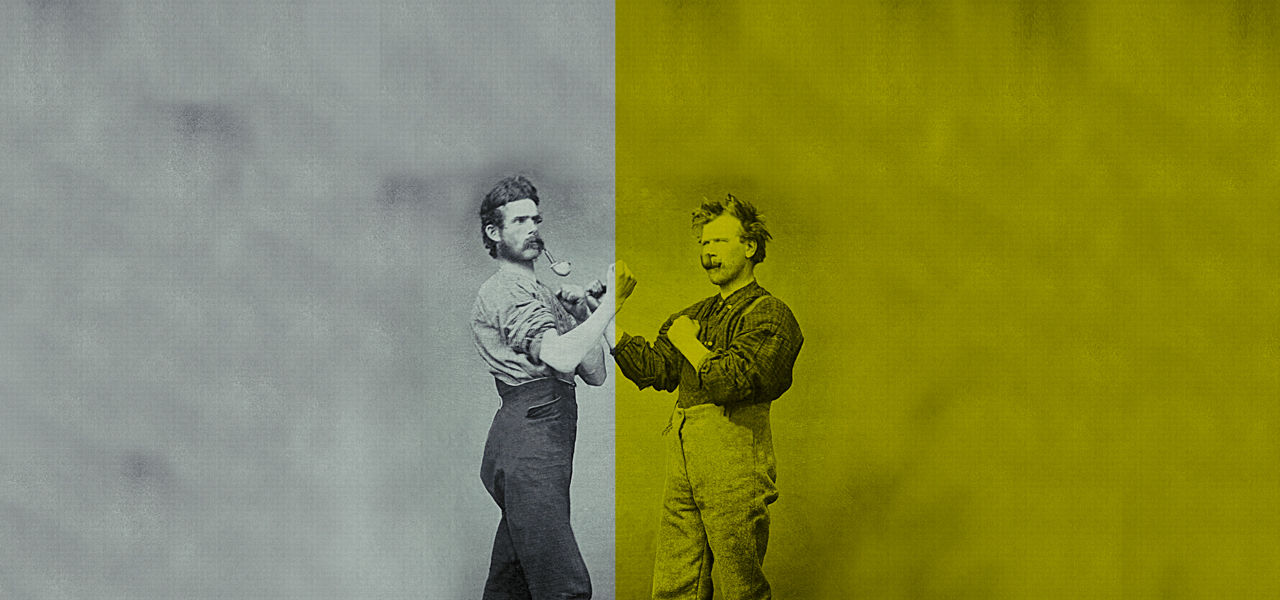

Audience Appeal
Rap beefs appeal to audiences in order to get them engaged and pick sides similar to a political debate. The politics of Hip-Hop are not novel, the human nature of audiences picking sides is as old as time. The significance of public beefing has evolved through the generations allowing people to become involved in ways that create social change.
Tupac v. Biggie
IThe East Coast V. West Coast rivalry between The Notorious B.I.G. and Tupac was the epicenter of conversation for fans of pop culture between 1991 and 1997. In 1994 Biggie released his song “Who Shot Ya?”, the song insinuated that Biggie and his crew were responsible for the attempted robbery of Tupac. This led Tupac to believe that Biggie was responsible for the attempted robbery and as a response Tupac released “Hit ‘Em Up”, in which he said; [Biggie] “bout to feel the wrath of a menace,” implying that Tupac was getting ready for war. These events elevated the East v. West Coast beef into a rivalry between the two rappers with listeners, fans, and followers taking sides. The beef was more than disagreement of hip-hop politics, it was an eventual escalation into a violent war, producing a ride-or-die mentality that was taken literally.
MLK v. Malcolm X
During the 1960’s, two differing ideologies created a framework for the Civil Rights Movement. In 1963, Martin Luther King Jr. gave his “I Have a Dream” speech, in the speech he appealed to his audience by utilizing alliteration, imagery, and frequent repetition. The stylistic tendencies of King are exemplified in his use of literary devices when he said, “Now is the time to make real the promises of democracy. Now is the time to rise…Now is the time to lift our nation...” King’s use of literary devices provokes a sense of preaching, and in doing so he elicits a tone of a “higher calling”; as opposed to the 1963 speech of Malcolm X, “Message to Grassroots.” In his speech Malcolm X said, “We have a common enemy…But once we all realize that we have a common enemy, then we unite”; Malcolm X utilized a pathos and conversational tone in order to invoke the emotions of his audience and prompt a feeling of practical righteousness.
Nicki Minaj v. Lil' Kim
Nicki Minaj and Lil Kim both bring unique stylistic tropes to rap that set them apart in the industry. Tensions between the two artists rose with accusations from Kim basically stating that Minaj was a direct imitation of her; however, the stylistic differences between the two can deconstructed. Nicki Minaj effectively creates her own staple in rap with a deviation from stereotypical styles by bringing in unique word choices and female perspectives; while Lil Kim embraces the stylistic tendencies of an “old school flow” with a modern twist. In “Black Friday”, Lil Kim uses one Shakespearean couplet after another with the use of slant rhymes, “I ball like a ball team, I stack chips, call me Miss Rothstein, Tricks is for kids, silly rabbit you're my offspring, Kim more anticipated than a LeBron ring”; Lil Kim is like a replication of old school freestyle filled with references to pop culture. Nicki Minaj transcends the normalcies of the rap structure by breaking gender stereotypes and by adopting a nonchalant approach to aggressors with an air of childlike playfulness, as illustrated throughout “Stupid Hoe.” “Stupid Hoe’s” playful style is paused during an interlude, in which Nicki Minaj states, “You could suck my diznick, if you take these jizzes”, breaking the childlike repetition of “you a stupid hoe” with a dominant masculine threat. Nicki’s seamless transitions in her language and fluctuations between herself and a more masculine persona illustrate her mastery of the game, all while elevating her status as a female MC in a patriarchal driven profession; a direct deviancy from a more traditional style that is exemplified by Lil Kim.
Jay Z v. Nas
In the early 2000’s, the artists Jay-Z and Nas feuded over the right to the rap “throne”; the beef itself was different in how it did not involve the aspects of physical violence as other beefs had. Instead, the feud between the two artists entailed a battle solely of words and wit; and as a result, a line was drawn that pulled in listeners to pick a side. Jay-Z’s combined imagery, similes, and couplets in “Takeover,” in order to captivate his audience, “It’s like bringing a knife to a gunfight, pen to a test/ Your chest in the line of fire with your thin-ass vest.” Nas counteracts Jay-Z attacks in “Ether” by establishing himself as a top-tier rapper, doing so associates him with the titans of the rap game and lends credibility to Nas’ argument; “Not positive who’s the best? Pac Nas and Big.” Nas’ use of ethos to in his argument and Jay-Z use pathos in his lyrics guided massive amounts of followers and artists into their beef; in the end the beef, created a pathway to elevation for both artists; forever cementing their status in the upper echelon of rap.